I love green tea. It is one of my favourite beverages, especially first thing in the morning. When I first started drinking tea, I wasn’t a huge fan of green tea, but that was because I was naive and didn’t know how to prepare it properly. So I would end up with something very bitter and would have to add honey to counteract it. Now I know the proper temperature to have the water and how long to steep my tea for. Now I have the perfect cuppa. When it comes to green tea, Japan and China set the bar very high for all other regions, they have been at it for over 900 years.
History and Regions:
Most of the green tea we drink comes from Japan and China, though the best and most come from Japan. Each region has its own type of tea that they make, and the taste 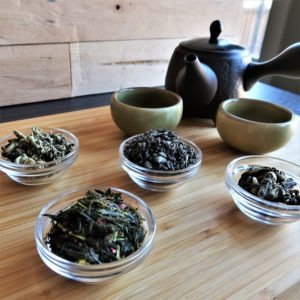 varies depending on the type of soil, the altitude, amount of rain, and even the temperature. China has four main growing regions, but only two of them grow green tea; Jiangbei and Jiangnan. Japan, on the other hand, grows primarily green tea and has 12 famous growing regions. The areas that produce the best teas tend to have a low average temperature of around 59℉(15℃) and has plenty of rain. To obtain the cooler temperatures some regions tea plantations are located further up mountains. There is a lot of information about Japanese and Chinese tea regions, but I’m trying to keep it reasonably simple without sounding like a textbook.
varies depending on the type of soil, the altitude, amount of rain, and even the temperature. China has four main growing regions, but only two of them grow green tea; Jiangbei and Jiangnan. Japan, on the other hand, grows primarily green tea and has 12 famous growing regions. The areas that produce the best teas tend to have a low average temperature of around 59℉(15℃) and has plenty of rain. To obtain the cooler temperatures some regions tea plantations are located further up mountains. There is a lot of information about Japanese and Chinese tea regions, but I’m trying to keep it reasonably simple without sounding like a textbook.
Processing:
Green Tea is a unique tea and in fact, goes through a stage during processing that no other tea goes through. Shaqing is some times referred to as “killing the green.” The purpose of this step is to halt the oxidization processes. Shaqing helps to preserve the bright green colour of the leaves as well as the antioxidant levels, and it stops caffeine from developing. There are a couple of ways for them to “kill the green,” two of the more popular options are:
Steaming:
During this process, the leaves are rolled around a drum that is rapidly heated to 300℉(150℃). The resulting tea will be bright green and have a vegetal flavour. The most famous steamed teas are Gyrokuro and Sencha, both of which are Japanese tea’s. I love both teas very much.
Pan Roasting/Frying:
This process involves roasting the tea leaves in a pan or wok as it slowly reaches the temperature of 300℉(150℃). Some areas will use a drum roaster, but it has the same effect as the pan or wok. The leaves are given a toasted/roasted aroma and flavour, though some teas have a slight yellowish appearance. Two of the best pan-roasted teas are Dragon Well (from the region of Jiangnan in China), and Hojicha (a unique Japanese tea).
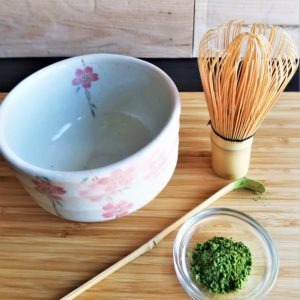 Matcha:
Matcha:
Even though matcha is used in traditional tea ceremonies in Japan, matcha actually originated in China in the 12th century. Matcha is a finely powdered green tea in which processed green tea has veins removed and ground between millstones. The best matcha comes from the Uji region in Japan from a covered plantation. The covering shades the trees and ensures that the trees grow slowly, thus increasing its flavour. The beauty behind the Japanese Tea Ceremony is something I wouldn’t be able to describe properly so check out this link for a closer look at the Tea Ceremony.
Popular Types of Green Tea:
There are a lot of green teas out there, and that’s not even taking into consideration all the flavoured ones. Some of the more popular teas that I have tried and loved include:
Butterfly Jasmine– a hand-rolled and lightly scented from China.
Bi Luo Chun– Chinese green tea processed and rolled entirely by hand.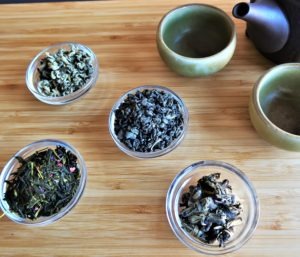
Dragon Well– sometimes called Longjing and is a very popular Chinese green.
Gyokuro– A Japanese tea grown in the shade in the Fukuoka region.
Sencha– The typical Japanese steamed tea.
Hojicha– unique Japanese tea that has very low caffeine levels.
Gunpowder– A Chinese green tea where the leaves are rolled into small pellets.
Genmaicha– A Japanese green tea that is mixed with roasted popped brown rice.
For information on proper steeping methods for green tea check out the following posts:
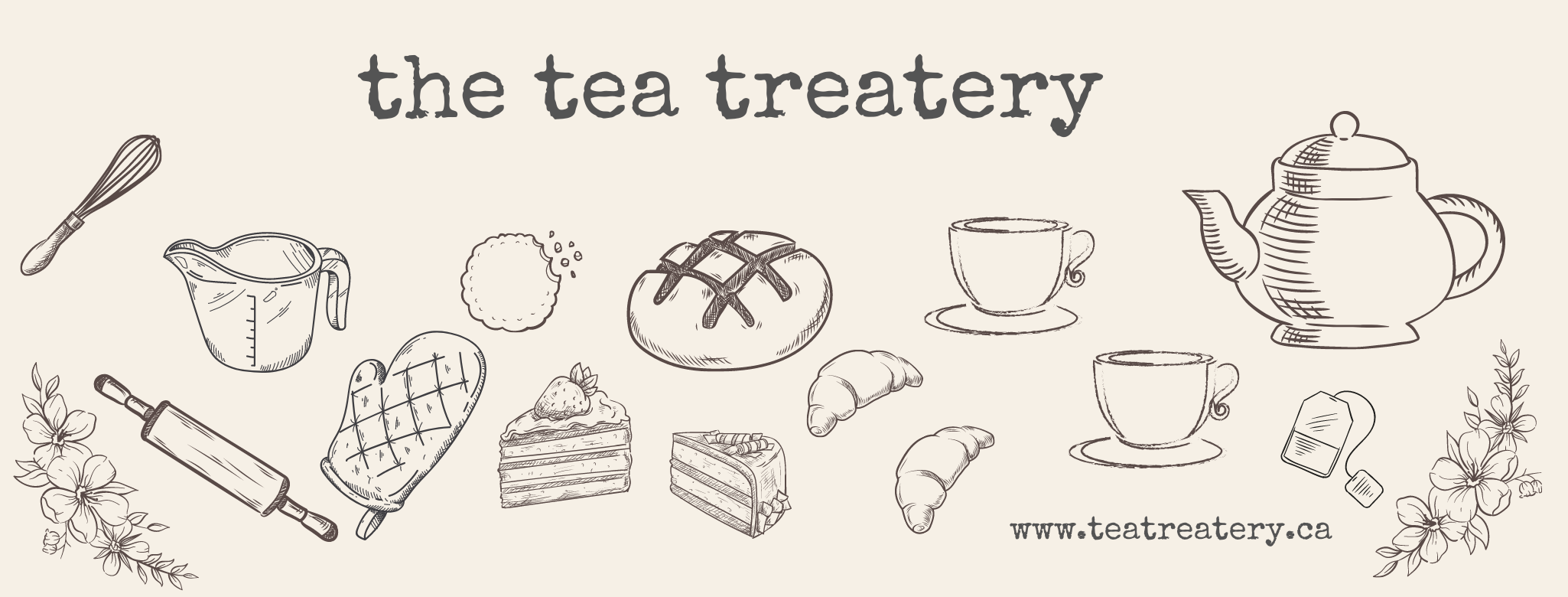
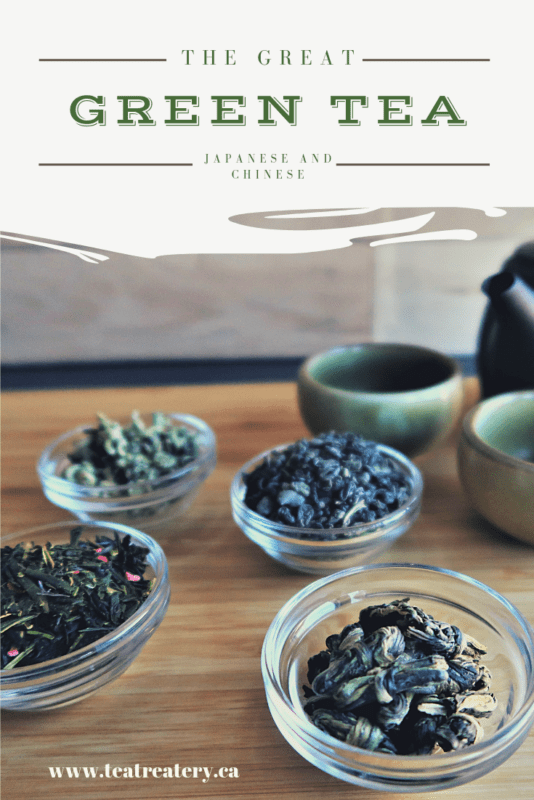
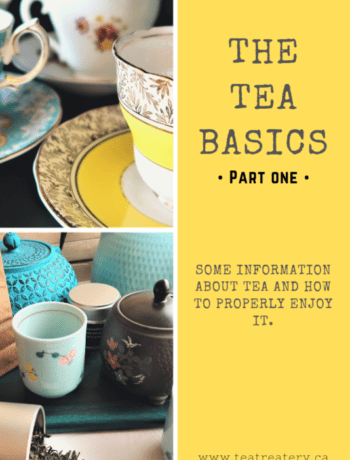
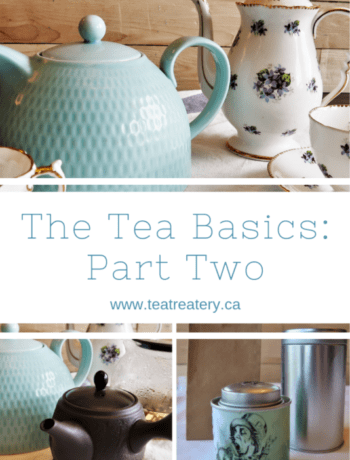
No Comments